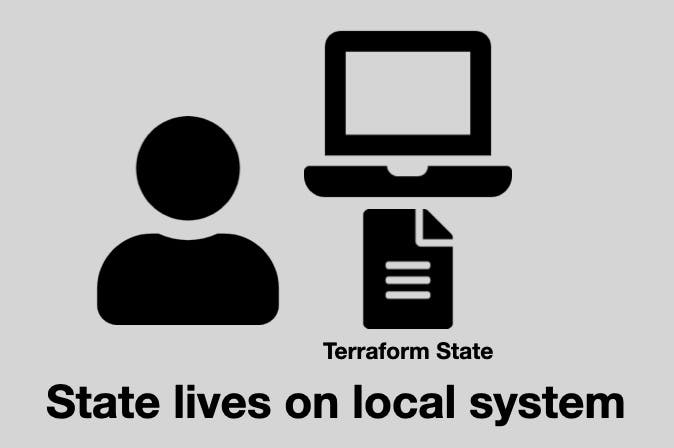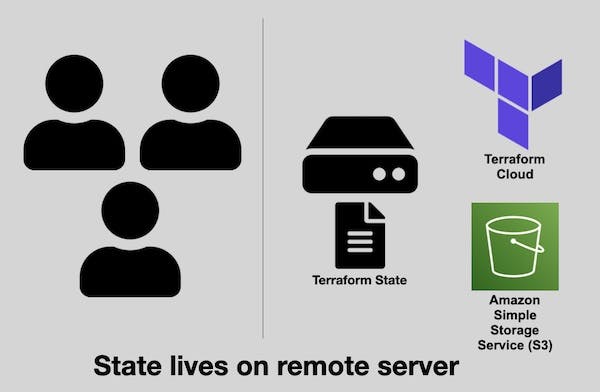1: Evolution of Cloud and Infrasructure as Code
Examine the evolution of virtualization technologies from bare metal, virtual machines, and containers and the tradeoffs between them.
2: Terraform Overview & Set Up
Install terraform and configure it to work with AWS
3: Basic Terraform Usage
Learn the common terraform commands and how to use them
•Terraform Plan, Apply, Destroy
4: Variables and Outputs
Use Terraform variables and outputs to improve make our configurations more flexible
5: Additional HCL Features
Explore HCL language features in Terraform to create more expressive and modular infrastructure code.
6: Terraform Modules
Learn to break your code into modules to make it flexible and reuseable
7: Managing Multiple Environments
Overview of two primary methods for managing multiple Terraform environments
8: Testing Terraform Code
Techniques for testing and validating Terraform code
9: Developer Workflows
Covers how teams generally work with Terraform, including automated deployment with CI/CD

Terraform State Management
We will cover the concept of the Terraform state file, its importance, and the different ways to store and manage it.
We will discuss the advantages and drawbacks of local and remote backends and explain how to use them effectively for better collaboration and security.
Understanding the State File:
- The state file is a JSON file containing information about resources and data objects deployed using Terraform
- It includes metadata and other essential information about each resource
- The state file may contain sensitive information, so it must be protected and encrypted
The following is an example of a .tfstate file for a terraform config managing an s3 bucket:
{
"version": 4,
"terraform_version": "1.0.0",
"serial": 1,
"lineage": "your-lineage-here",
"outputs": {},
"resources": [
{
"mode": "managed",
"type": "aws_s3_bucket",
"name": "example_bucket",
"provider": "provider.aws",
"instances": [
{
"attributes": {
"acl": "private",
"bucket": "example-bucket",
"force_destroy": false,
"id": "example_bucket",
"region": "us-east-1",
"tags": {}
},
"private": "bnVsbA=="
}
]
}
]
}
Storing the State File:
- Local Backend: The state file is stored within the working directory of the project
- Remote Backend: The state file is stored in a remote object store or a managed service like Terraform Cloud
Local Backend:

-
Advantages:
- Easy to set up and use
- Stores the state file alongside your code
-
Disadvantages:
- Stores sensitive values in plain text
- Not suitable for collaboration
- Requires manual interaction for applying changes
Remote Backend:

-
Advantages:
- Encrypts sensitive data
- Allows collaboration among multiple developers
- Supports automation through CI/CD pipelines
-
Disadvantages:
- Increased complexity compared to the local backend
Remote Backend Options:
- Terraform Cloud (managed offering)
- Self-managed remote backends (e.g., Amazon S3, Google Cloud Storage)
Understanding Terraform state management and the differences between local and remote backends will help you choose the most suitable option for your projects, considering factors like collaboration, security, and automation.